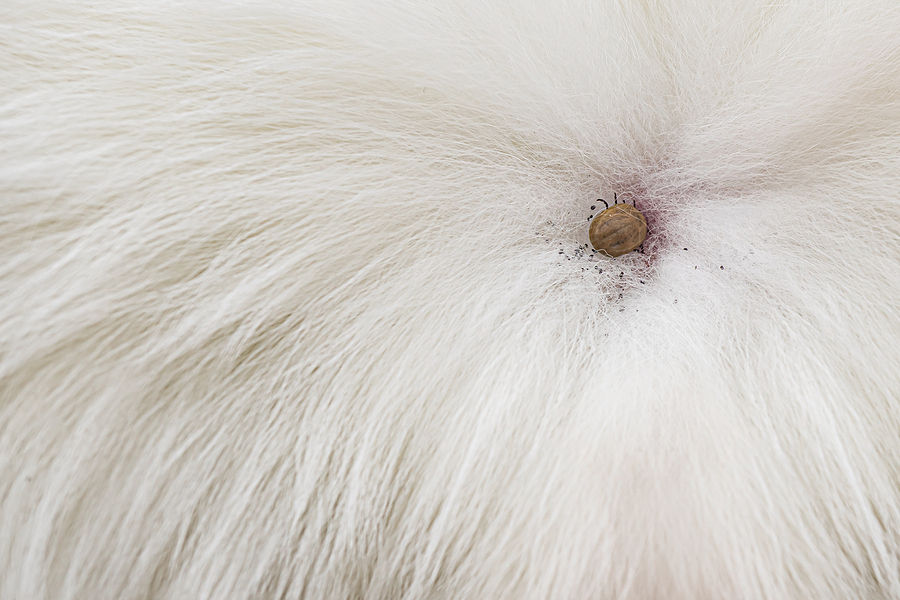How To Spot Ticks On Your Kids And Pets
- Details

Ticks attach themselves to the skin of humans and pets to feed on their blood. Once a tick attaches it will typically remain there until it is either removed or until it dies. They are drawn to particular areas of the body as they seek warmth and discreet places to hide. The head, groin and torso areas are common places to find ticks on humans.
Pets are also very vulnerable to ticks and diseases from these blood-sucking pests. On pets, they are commonly found on the underbelly and between the toes and ears. Since ticks can hide anywhere on the animal's body, it’s important to check thoroughly. Ticks do tend to prefer to hide in the hairier and warmer areas.
Spotting ticks and removing them is key to reducing the risk of infection and disease.
Spotting Ticks on Kids
Do a body check. Once you or your kids come inside from areas where ticks are prevalent, you should remove any clothing, wash and do a body check during a shower. Look for any attached ticks. If you need to, use a mirror to view areas you can’t easily see. As you’re washing hair use your fingers to feel the scalp and feel for anything unusual along the hairline too. Teach your children to do this very important task to find any unwelcome critters.
Be sure to check all over the body as ticks can hide anywhere. Once a tick is found it should be removed calmly and carefully. It’s important to remove the tick’s entire body including its head, which is typically buried in the skin's top layers. Use tweezers and place them as close to the skin as possible grabbing the tick’s body as close as you can to the skin. Gently but firmly pull the tick out. Once removed you should dispose of it so it doesn’t reattach. Use isopropyl alcohol or another antiseptic to clean the site of the bite and you can also use it to kill the tick.
Spotting Ticks on Pets
Pets are very vulnerable to ticks as they tend to spend more time outdoors than humans. Pets also have more hiding spots for ticks since they’re covered with fur. Do regular tick checks on your pets. A good time to do this is when they’re resting and calm or when being bathed.
Check your pet’s entire body starting at the muzzle and neck area. Feel for any unusual skin surfaces, sometimes it might be a skin tag or other abrasion rather than a tick, so look closely and be sure it’s a tick before attempting to grab it with tweezers. If a tick is found use the same removal method you would use on yourself or kids. Clean the bite site with peroxide or rubbing alcohol and dispose of the tick.
If you live in a heavily wooded area or your pet has very thick or long hair it may be necessary to use a flea and tick prevention product during the seasons when ticks are heavier. Usually, they are heaviest during the early spring through late fall. There are natural remedies as well as stronger pesticides available. You can also use a pesticide in your yard to deter unwanted pests such as ticks. Follow label instructions and take all precautions.
If you require professional pest control services for your property Eagle Pest Services can provide a year-round solution to keep your kids and pets as safe as possible from harmful pests. Contact us for more information.





